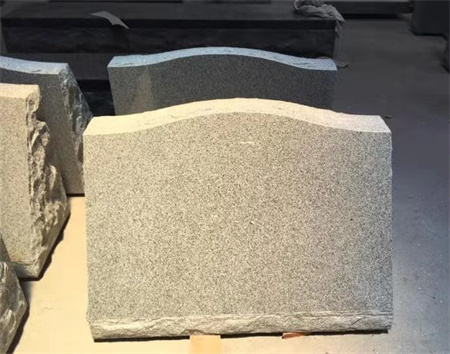How Sustainable Practices Are Shaping Granite Memorial Production

How Sustainable Practices Are Shaping Granite Memorial Production

The shift toward sustainability in granite memorial production isn’t just about reducing waste—it’s about reshaping how the entire industry operates. One of the most significant changes comes in the form of sourcing. Traditionally, granite is quarried from large pits around the world, with extraction processes that often have substantial environmental impacts. Mining operations can lead to habitat destruction, deforestation, and significant water usage. However, today, a growing number of memorial producers are sourcing their granite from quarries that adhere to environmentally responsible mining practices. These quarries focus on minimizing land disruption, reducing energy consumption, and restoring mined areas to their natural states once extraction is complete.
Moreover, some producers are embracing the practice of recycling granite from older structures. It might seem like a radical idea, but repurposing granite from demolished buildings, roadways, and other sources not only conserves resources but also carries a deep sense of history. This method allows the stone to live on, continuing to serve a purpose for future generations while simultaneously preventing it from being sent to landfills.
Granite production also involves various stages of processing—cutting, polishing, and finishing—which can be resource-intensive. In response, several companies are adopting energy-efficient equipment and cleaner technologies to reduce their carbon footprint. Some have even moved toward utilizing renewable energy sources such as solar or wind power to operate their manufacturing facilities. This shift is not only environmentally beneficial but also proves that sustainable practices can coexist with high-quality craftsmanship.
One of the most important aspects of sustainability in granite memorials is the focus on longevity. Granite is known for its durability, which is one of the reasons it’s such a popular material for memorials in the first place. Unlike other materials that might decay over time, granite memorials can last for centuries with minimal maintenance. In a world where disposable culture is rampant, the very nature of granite as a long-lasting material speaks to a deeper understanding of sustainability—not just in terms of environmental impact, but in creating something that can endure and honor a memory for generations.
Even the finishing touches on a granite memorial are being rethought with sustainability in mind. Many producers are moving away from harsh chemicals and abrasive substances typically used in polishing and engraving. Instead, they are opting for eco-friendly finishes and engraving methods that are just as effective but less harmful to the environment. For example, sandblasting techniques, which use air and sand to etch designs onto the surface of the stone, are being replaced by laser engraving that uses less energy and produces fewer emissions.
Packaging and transportation are also areas where the granite memorial industry is reducing its environmental impact. Rather than using excessive amounts of plastic or non-recyclable materials for packaging, many companies now employ biodegradable, recyclable, or reusable alternatives. Transportation logistics are also becoming more efficient, with efforts to reduce fuel consumption and carbon emissions during the delivery of memorials to cemeteries and customers.
The shift toward sustainability in granite memorial production is not without its challenges. The traditional methods of quarrying and manufacturing granite have been in place for centuries, and any significant change requires time, investment, and effort. However, the rewards are clear. By adopting sustainable practices, the granite industry not only helps protect the environment but also meets the increasing demand from consumers who are looking for products that align with their values.
The growing awareness of environmental issues has made people more conscientious about the products they purchase and the companies they support. In the case of granite memorials, this means a move toward responsible sourcing, eco-friendly manufacturing practices, and an overall emphasis on longevity and durability. The result is a product that not only stands as a lasting tribute to those we’ve lost but also reflects our commitment to a more sustainable future.
As the industry continues to evolve, the fusion of tradition and innovation in granite memorial production will play a crucial role in shaping the future of how we honor the past. By choosing sustainable practices, the granite industry is not just carving stones—it’s carving a path toward a more mindful and responsible way of remembering those who came before us.